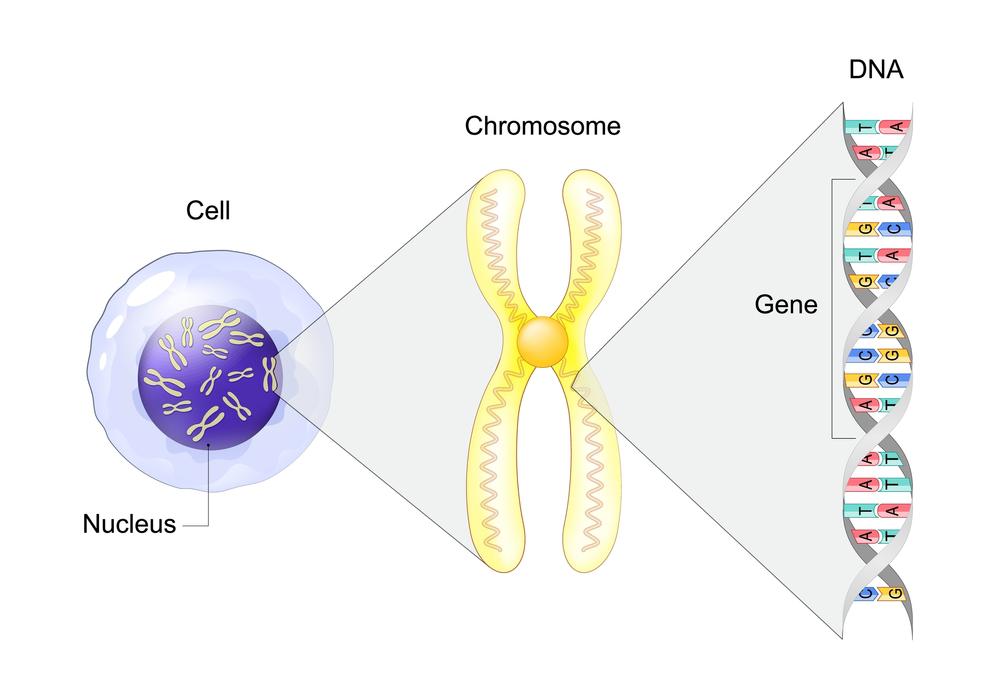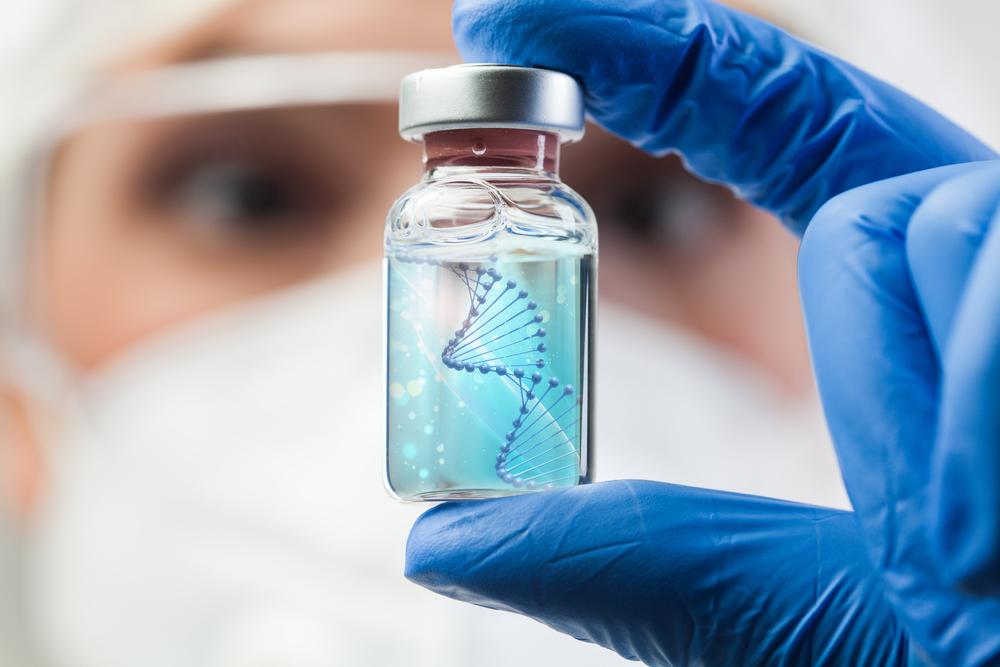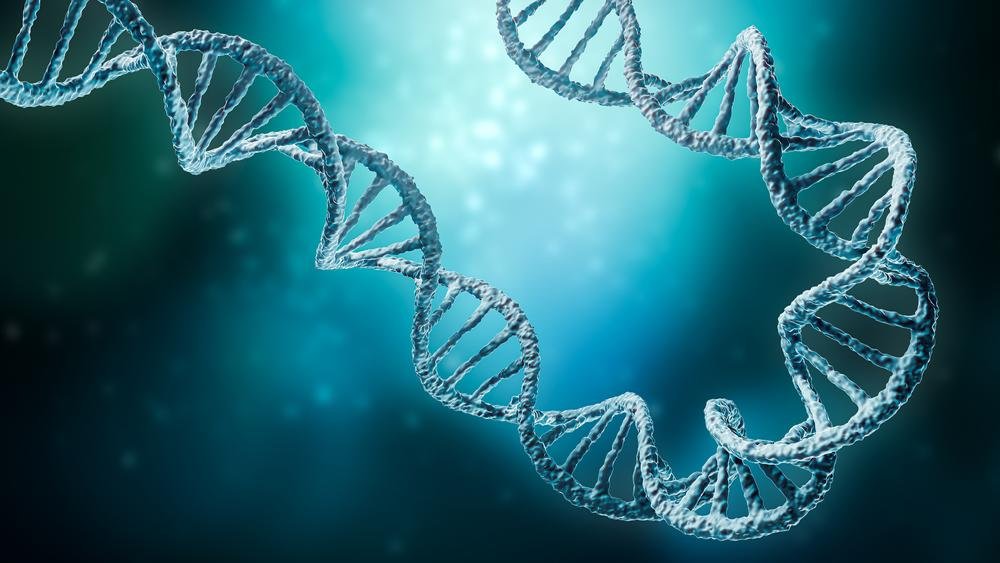Imagine having to sort through, identify, and understand an alphabet soup of billions of repetitions of the letters A, T, G, and C in the correct order. genomics!
This field of study maps and studies the genome of humans, animals, plants, and anything else that has DNA.
It’s time to remember your high school genetics lessons and understand why this field of study is so important and how it may affect your life in the future.
what are genes? Why genomics? Is genomics the same as genetics? Check out what’s known so far.
What are genes and what are they for?
Before explaining what Genomics is, let’s start by explaining what genes and DNA are.
Deoxyribonucleic acid, popularly known as DNA, is the recipe for life. It contains encrypted information that is passed on from generation to generation.
It consists of two strands that form a helix, joined by the interaction of bases called adenine (A), thymine (T), guanine (G) and cytosine (C).

There is a universal sequence for the interaction between these nitrogenous bases that form genes in specific chains. generates a gene set genetic code.
The function of genes is the transmission and expression of inherited traits.
In the genetic mix between your parents, you may have inherited your father’s brown eyes and your mother’s blond hair. Every cell in your body has a mini recipe.
Sometimes this recipe brings with it some problems such as missing, excess or material replacement. This can lead to greater susceptibility to syndromes, diseases and even cancer development.

What is genomics?
Genomics is a relatively new field of study. The first complete sequencing was carried out in 1980 with the study of bacteriophage viruses.
In a simplified way, it is the study of biology that maps, organizes and seeks to understand the function of all genes in the human body.
It also looks at how these genes interact with each other and with the environment.
The first attempt to sequence the human genome, completed in 2003, took 10 years. Currently, mapping can be performed in 24 hours.
But genomics is not limited to humans. In Brazil, there is work on a variety of organisms, including research into sequencing the jaguar genome aimed at animal conservation.

genomics and genetics
But you may be wondering if this is the same thing as genetics. Answer is no.
While both fields study genes, heredity and the functioning of organisms, genetics focuses on the individual study of genes. Genomics, on the other hand, examines the entire genetic set.

What does it matter anyway?
Genomics is essential to understanding how our bodies work and how they interact with the environment we live in.
By understanding this complex world of billions of letters, we can develop better prevention and intervention methods for these areas, as well as make various advances in health, environment and animal protection.
By mapping a few genomes, as we consider the health/disease process, we can compare data and extract information needed to develop more ambitious treatments.
For example, it is known that each person has between 20,000 and 25,000 genes and shares 99.9% of the genetic code.
But 0.1% variability corresponds to more than 3 million differences between one person and another.

To know what makes us different, to develop more effective personalized treatments, the solution is to increase the treatment prognosis of diseases such as cancer.
In the field of environment and animal protection, genomics can help develop better management techniques for the conservation of fauna and flora.
Undoubtedly, genomics paves the way for accurate diagnoses, more effective prevention and treatment, and smarter ways to preserve practices.
But researchers estimate that it will take 10 to 15 years for the first therapies and approaches to develop.
Source: Tec Mundo
I’m Blaine Morgan, an experienced journalist and writer with over 8 years of experience in the tech industry. My expertise lies in writing about technology news and trends, covering everything from cutting-edge gadgets to emerging software developments. I’ve written for several leading publications including Gadget Onus where I am an author.













